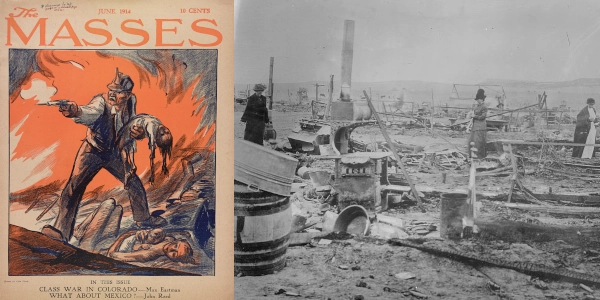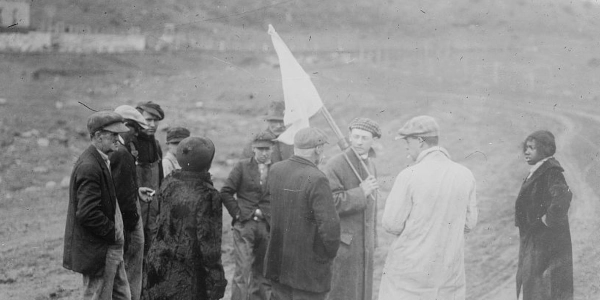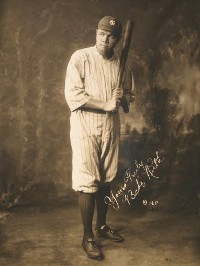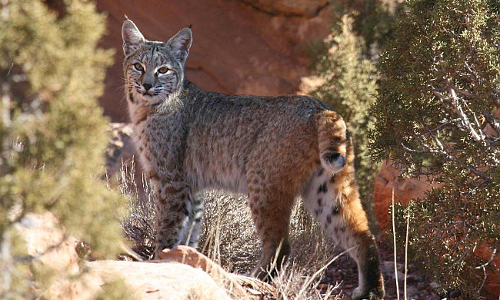Sponsor this page. Your banner or text ad can fill the space above.
Click here to Sponsor the page and how to reserve your ad.
-
Timeline
1914 - Detail
April 20, 1914 - Ludlow, Colorado Coalfield Massacre occurs when the Colorado National Guard attacked a tent colony of one thousand two hundred striking miners, killing twenty-four.

One thousand twelve hundred coal miners in a tent city, the largest in the state in Ludlow, wanting a better life and higher wages. And once again, our national institutions or state institutions could not find a way to come to an agreement with the working class on fair wages (miners were paid by weight) and conditions. At times they tried, but would not enforce the regulations. But in this case, it would lead to tragedy. Not as if tragedy had not befallen those who worked in coal mines before; in years before over one hundred men would die in the coal mines of Colorado in one year. So eventually, a combination of the Colorado National Guard and the Colorado Fuel and Iron Company guards would do what they could to make things worse.
By 1916, sixteen thousand coal miners worked in the state of Colorado. That was ten percent of the entire work force in the state. And working conditions in the coal mines of this state were even worse than in others; double the average of deaths per capita than other states. The Colorado Fuel and Iron Company was one of the worst offenders of mine safety rules and employed seven of that sixteen thousand state coal employees. They also controlled seventy thousand acres of land. They also owned all things in the company towns around the mines.
The United Mine Workers of America demanded that things must change; that Colorado Fuel and Iron must adhere to the eight hour work day and be given the right to choose housing and doctors. A strike would ensue on September 17, 1913 between the company and ten thousand workers.
September 17, 1913: Official call to go on strike. All mineworkers are hereby notified that a strike of all the coal miners and coke oven workers in Colorado will begin on Tuesday, September 23, 1913 … We are striking for improved conditions, better wages, and union recognition. We are sure to win.
The company evicted the miners from the housing provided, forcing the miners and their families to build a tent city that could fit their number. It was large. The miners armed themselves. So did the guards of the Colorado Fuel and Iron Company. And what was the attitude of Colorado Fuel and Iron, their Vice President Lamont Bowers, and owner John D. Rockefeller.
October 21, 1913: Lamont Bowers to Rockefeller. Our net earnings would have been the largest in the history of the company by $200,000 but for the increase in wages paid the employees during the last few months. With everything running so smoothly and with an excellent outlook for 1914, it is mighty discouraging to have this vicious gang come into our state and not only destroy our profit but eat into that which has heretofore been saved.
At first, small skirmishes began, then in Spring 1916 it became much worse, despite the fact that the Colorado National Guard had been sent, at first, to reduce the violence. But from the start, they favored Colorado Fuel, taking strikebreakers into the mines. It would get worse when funds for the national guards caused a reduction in their number by April.
Ludlow Coalfield Massacre
During the day of April 19, the remaining National Guard members under the command of Major Patrick J. Hamrock placed a machine gun above the Ludlow Tent Camp. It was now apparent that the National Guard had completely sided with the Colorado Fuel and Iron Company, and John D. Rockefeller, who likely funded government coffers and campaigns. There was a demand that the coalminers turn over an individual, not known whether striker or captive, which the camp refused.
On the morning of April 20, 1914, as the miners prepared to celebrate Easter, they fired that machine gun into the tent city; miners fired back. On the first day, three of the strike leaders were killed, including organizer Louis Tikas. For ten days the massacre continued. When the strikers ran out of ammunition, they retreated into the countryside, leaving the women and children in basements dug beneath the tents. The massacre could have been worse, but a train arrived, blocking the firing, allowing the miners to escape. However, after the men from the camp had retreated, the National Guard and Company guards burned the tents, including the tent where the children were hiding.
The miners retaliated in anti-union towns in the southern part of the state, gaining fifty miles by five miles in territory. It is said that fifty men were killed in this aftermath. It would only stop when President Woodrow Wilson sent in Federal Troops to restore order and take the weapons from both sides. The strike was over on December 10, 1914. By that time, over twenty miners and family members were dead, including eleven children and two women. Three Colorado National Guard members were killed.
Impact of Massacre on Legislation
Congress would create a report in 1915 outlining what happened at the Ludlow Tent City, which is now a National Historic Landmark. Child labor laws and the eight hour work week were strengthened in legislation. Neither would bring back the miners and those children.
The massacre did increase the membership of the United Mine Workers of America by four thousand. And while four hundred miners were put on trial, none were convicted. Of the twelve Colorado National Guardsmen who were court-marshalled, all were exonerated. The event did cause protests against the Rockefeller's in New York City, but that did little to deter unfavorable working conditions under Rockefeller's companies, although he gave testimony to the effect that he was learning and would do better.

Photo above: Montage (left) Lithograph of Ludlow Massacre, 1914, John Sloan. (Right) Damage to miner's camp after the Ludlow Massacre, 1914, Bain News Service. Both Library of Congress. Photo below: Correspondents under Truce Flag after Ludlow Massacre, 1914, Bain News Service. Courtesy Library of Congress. Info source: Library of Congress; "War in the Coalfields: The "Ludlow Massacre" and its Impact on the Eight-hour workday, 2024, National Park Service; "Ludlow Massacre," 2025, Gregory Dahler, Britannica.com; "The Ludlow Massacre: When Striking Coal Miner Went Up Against the National Guard, Buddy Blouin, Veteranlife.com; "The Ludlow Massacre," American Experience, PBS; Wikipedia Commons.

History
Photo Bomb





